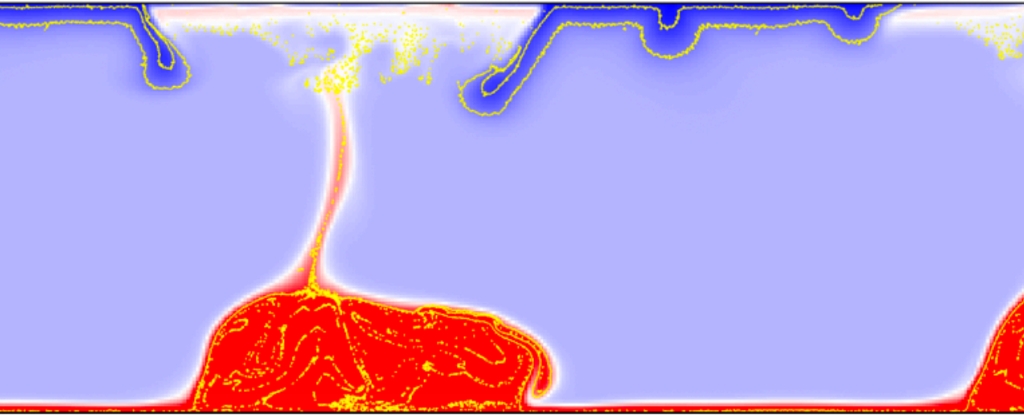Minerals, Vol. 13, Pages 170: Mid-Infrared (MIR) Spectroscopy of Silicate Glasses as Analogs for Mercury’s Surface: The Influence of Grain Size
Minerals doi: 10.3390/min13020170
Authors: Alessandro Pisello Matteo Bisolfati Giovanni Poggiali Pietro Tolomei Eleonora Braschi John Robert Brucato Diego Perugini
Volcanic products are widely present on Mercury: they occur as low-viscosity lava flows, but traces of ash deriving from explosive volcanism are also observed. Silicate glasses represent a major component in volcanic products, and it is likely that the fine-powdered regolith on Mercury contains a non-negligible fraction of glassy material. In the laboratory, we have reproduced a Mercury-like silicate glass, from which we have obtained 14 powdered samples with different granulometric characteristics: 8 samples are extremely sorted with grain sizes ranging from 25 to 425 µm, and 6 samples consist of less sorted powders with normal distributions, varying mean values (30, 95, and 160 µm) and standard deviation (40 and 80 µm). The reflectance of samples was investigated in the mid-infrared (MIR) region: we observe how the reflectance intensity increases with grain size, and the presence of extremely fine material defines the emergence of the transparency feature (TF). We provide reference data with qualitative observations and quantitative parameterization of spectral characteristics; in particular, we observe how a small fraction of fine material can greatly influence the spectral response of coarser powders. Results of this work will be crucial for the interpretation of data collected by the BepiColombo mission, but need to be integrated with other possible Mercurian compositions.

 1 year ago
22
1 year ago
22


